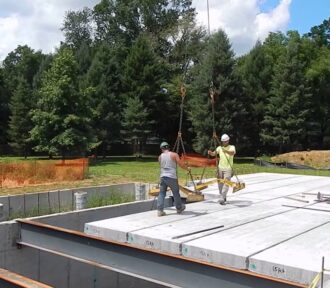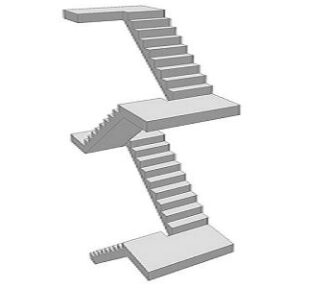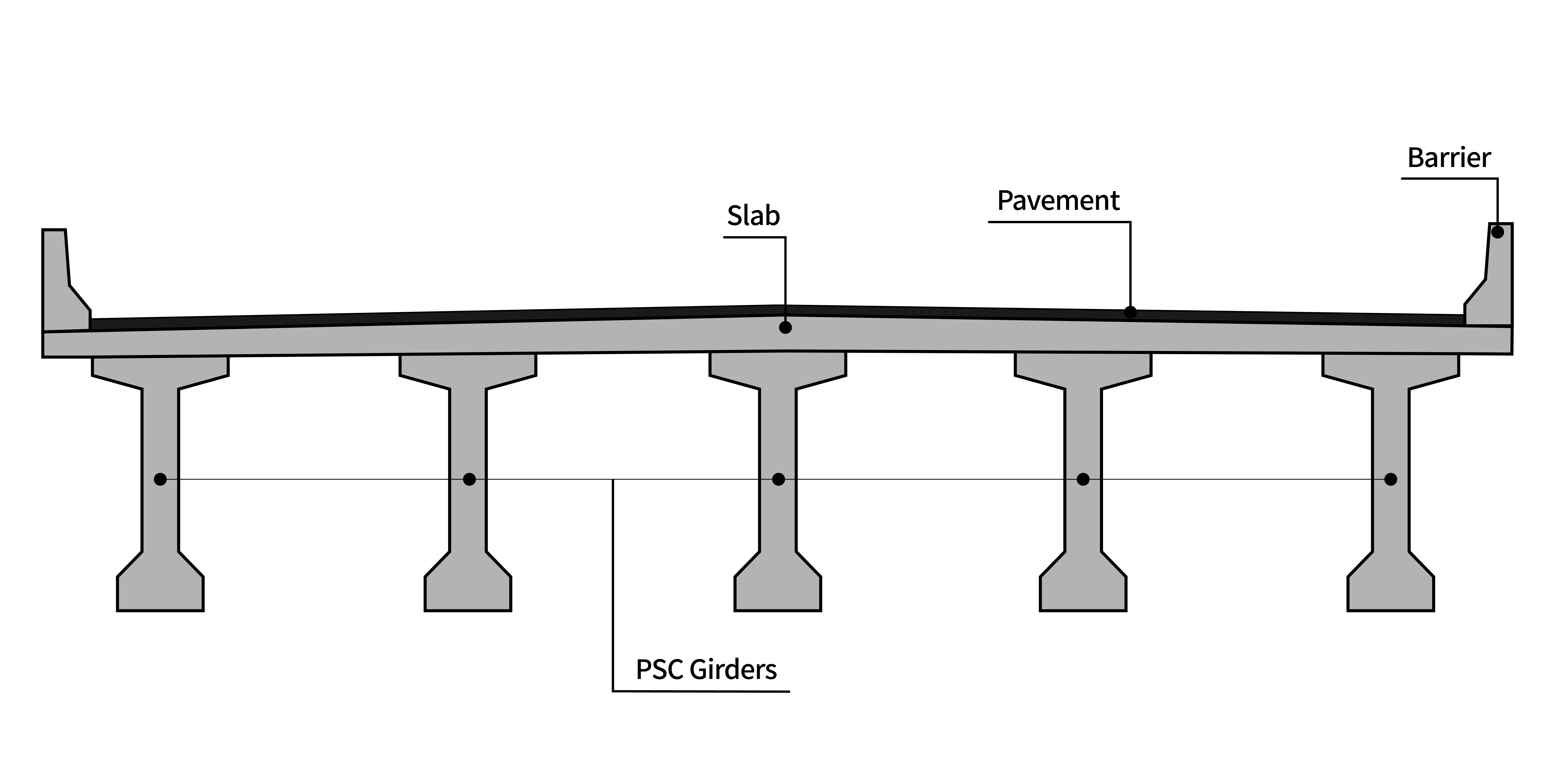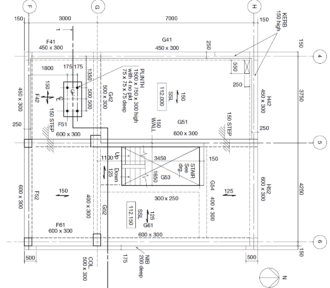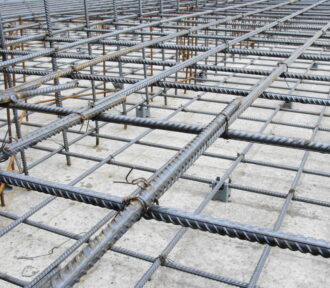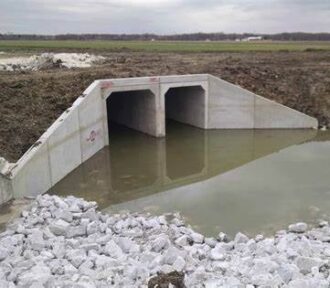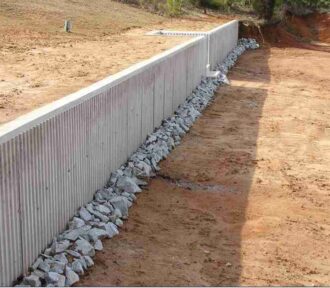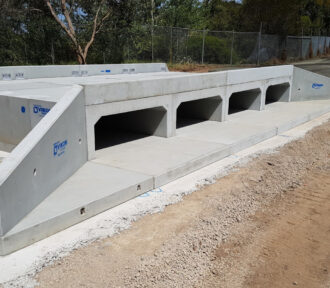This article discusses the how prestressed precast concrete planks are constructed, specified and installed. Precast concrete planks are a common method of floor slab construction.…
Author: Omotoriogun Victor
This article discusses the construction specification, the types of specifications that may be required on a project and the importance of having them in place.
This article explores the analysis of free-standing staircases. It provides a comprehensive review of different analytical and numerical approach for analyzing free-standing staircases and introduces a simplified method suitable for preliminary analysis and design.
This fourth article in the series on concrete bridges examines the initial parameters that might determine the best layout for a new bridge. One of…
In preparing structural layout drawings, there are no rules but guidelines. This is where the design engineer is expected to show competence by bringing to bare, his conceptual design skills, based on knowledge of first principles.
This article discusses bar schedules and scheduling of reinforcement, highlighting the procedures or rules for interpreting reinforcement on drawing and the importance of adhering to the rules.
This article discusses the various types of loading on box culverts and how to estimate the design value of these loads based on the recommendations of the Eurocodes.
While unreinforced masonry retaining walls may lack the structural complexity required for taller structures, they can be a practical and economical solution for short walls, providing effective soil retention in landscaping, garden terraces, or other applications where the height of the wall is minimal.
This article explores into the historical evolution of structural engineering forms, meticulously unraveling the intricate tapestry of milestones that have not only shaped the discipline but have also woven together the very fabric of human civilization.
This article walks through the design of box culverts by giving an overview of the applicable design standards used for box culverts to Eurocodes. The importance of adhering to these standards is emphasized to ensure structural integrity, durability and safety.
